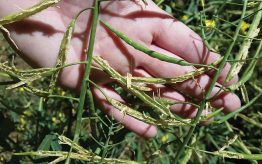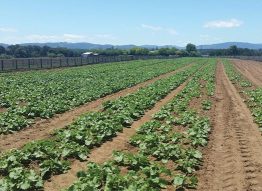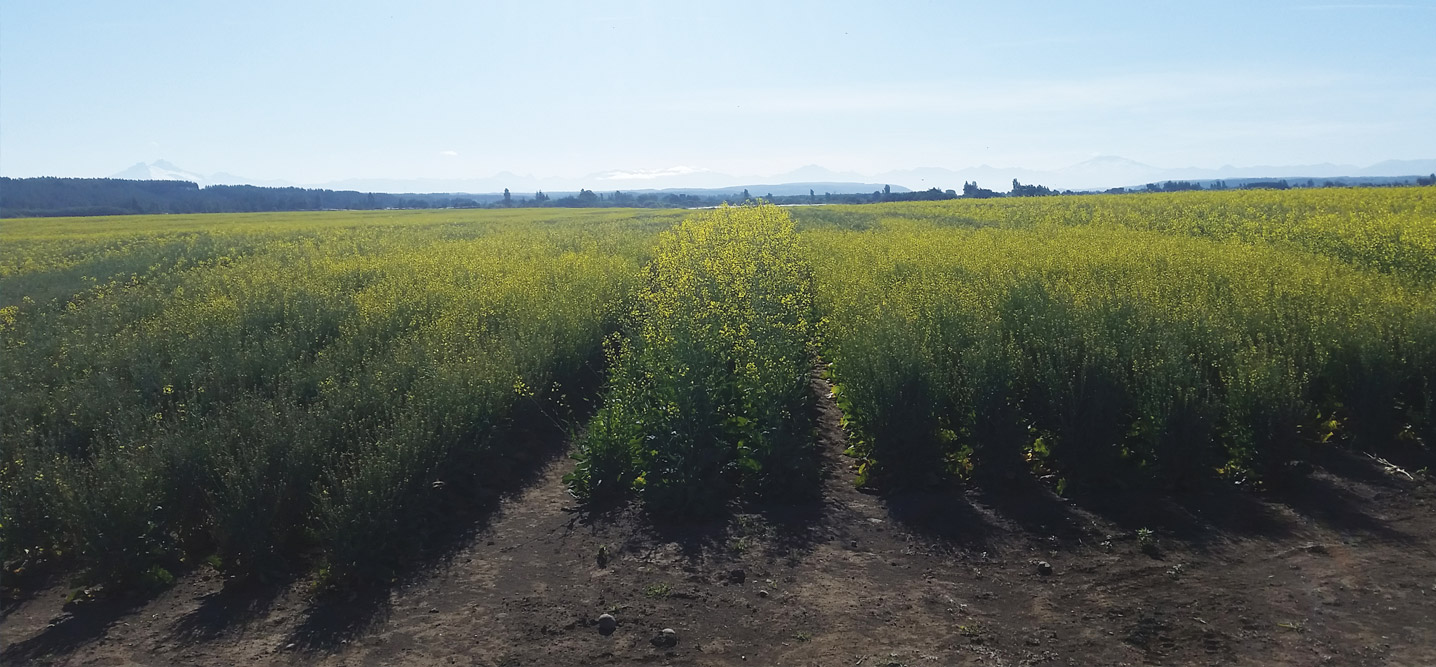The seedy side of Chile
Most people don’t think about what it takes to get canola seed into a bag. While a large area in Southern Alberta is dedicated to producing the seed farmers buy, a whole other production season happens in South America – often referred to as “contra” season. I’ve always heard about contra season in Chile and some of the challenges that come with coordinating an entire seed-production season, but the logistics are hard to imagine until you actually spend time there.

Benefits to the contra season include ensuring consistent seed supply, managing isolations for genetic purity and conducting additional research on material for certified seed production. Risks include earthquakes that can affect logistics of getting seed back to Canada and some unique pests, including pod-eating birds, that can be tough to control. Chilean regulations must be considered as well.
I had the opportunity to go to Chile in December 2015. I arranged to spend some time with HyTech Production, a seed production company for canola and other crops. The trip centred around Temuco, about 700km south of the capital, Santiago.
We spent a few days driving around the Temuco area looking at fields of parent seed production, new experimental varieties, grow-out sites and certified seed production. Between site visits, we talked about what it takes to get from a tiny amount of seed to the point where a registered, commercial variety has enough volume to sell into the market.
Being able to separate sites by 20 or 30 km is one advantage of doing seed production in Chile, where quality and purity are the name of the game.
Maintaining genetic purity is crucial at every step, from producing higher volumes of seed for parent lines and commercial hybrids to cleaning and packing. Every site had fencing all around to keep out livestock and documentation displayed informing inspectors about when and what pest control products were applied.
Production isn’t just about volume either. Many activities are required before a hybrid is commercially available, including herbicide tolerance tests, hybridity grow-out trials, and evaluation of parent lines for time and length of flowering, pollen production and other phenotypic traits. Nicking trials ensure that the male and female parent lines flower at the same time to maximize pollination.

hybrid parent seed production. Fencing keeps out livestock.
One thing that really stood out during our travels around Temuco was the distance between sites. Being able to separate sites by 20 or 30 km is one advantage of doing seed production in Chile, where quality and purity are the name of the game. Isolation is vital, and Chile offers isolation in spades. Many of the sites we visited had never had canola on that land. In addition to isolation for purity standards, Chile also offers abundant irrigation opportunities, similar to those in Southern Alberta.
After touring the Temuco area, we drove to Santiago. The agricultural landscape changed many times along the 700km route. Chile has very distinct agriculture production zones, and we saw numerous crops including various fruits and vegetables, grapes (of course) and even some nuts. Once in Santiago, we sat down with the Asociación Nacional de Productores de Semillas de Chile (ANPROS), the Chilean seed producers association. During my time with them, I had the opportunity to learn about agricultural production in Chile, how important and valuable the seed production industry is to them, and about the software they use to manage isolations and avoid contamination during seed production.
On a personal note, I saw many memorable things in Chile, including an active volcano called Villarrica, fields of perfectly straight crops that were planted by hand and black sand at the ocean. The landscape in Chile is lush and green everywhere you go and the mountain ranges make an excellent backdrop for flowering canola. The chance to make some new contacts with industry leaders in seed production was invaluable. It was the most important part of the whole trip.





